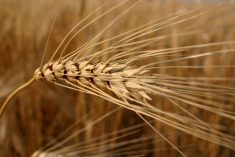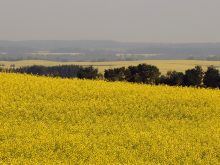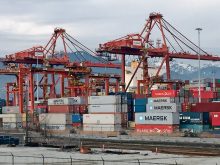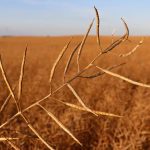The prairie Jewish farming community exists mainly as memory, with few remnants in the physical world, a fading legacy with crumbling markers whose guardians are aging and departing.
The decline and disappearance of more than a dozen Jewish farming villages that were scattered from central Alberta to east of Winnipeg from the late 19th to mid 20th centuries is similar to the fading of hundreds of ethnic communities across the Prairies, but for one vital difference.
Most of the ethnic groups that settled the Canadian Prairies have left small but vibrant reminders of their farming forebears and some of their rural communities are still alive.
Read Also
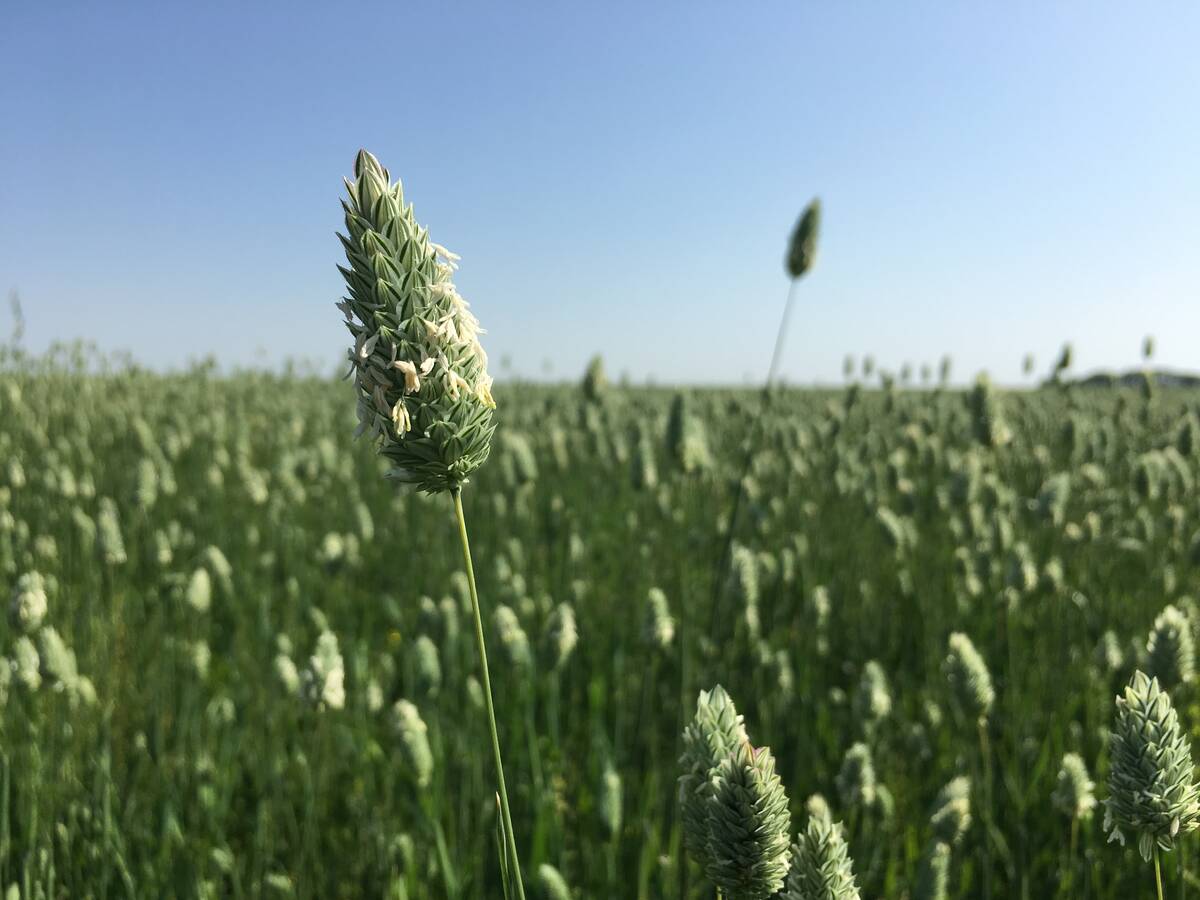
No special crop fireworks expected
farmers should not expect fireworks in the special crops market due to ample supplies.
There are many examples: French is still often spoken in dozens of Manitoba towns and villages. Humboldt, Sask., is an avowedly German town. The booming communities of Steinbach and Winkler, Man., are testament to the vibrancy of Mennonite farming culture.
The giant statue of a Ukrainian woman at the entrance to Canora, Sask., lets visitors know that it is a land of proud Ukrainian farmers.
But not a single Jewish farming village has survived, and there are almost no Jewish farmers still on the land. There are few signs left in the countryside to show that Jews ever farmed here. The book is closing on the history of Jewish farming in Western Canada, and whether it will remain a memory among Jews and non-Jews, or will simply become a footnote in prairie history, is unclear.
It was a different situation in the 1930s around Hirsch, Sask., where dozens of Russian and Polish Jewish families farmed, attended synagogues, spoke Yiddish and operated kosher butcher shops.
To non-Jews, this seemed a very Jewish town.
“They used to call this Jerusalem,” said 78-year-old Harvey Kleiman, who with his 75-year-old brother Jack operates the last Jewish farm in the Hirsch area. They aren’t sure if there are other Jewish farmers on the Prairies, though they think there may still be one in the Weyburn area.
But this New Jerusalem, as many of the Jewish towns were at one time known, is not much of a Jewish town now. No Jews live in the town site itself. There are only a handful of houses left there, some empty and abandoned. The old synagogue, which the Kleimans’ grandfather helped build, was converted long ago into a house. Harvey hears someone plans to move it to Estevan, 32 kilometres down the road.
The only thing that reveals to a visitor or passing motorist that this village has any connection to Jewish history is its name. But to realize that, you’d need to be better informed about prairie history than most people, and know about Baron Maurice de Hirsch, a wealthy German Jew whose Jewish Colonization Association in the late 1800s paved the way and paid the way for thousands of Eastern European Jews to move to Canada, the United States, South Africa, Australia and elsewhere to take up the life of farming.
Jews were commonly persecuted in Russia and Eastern Europe, and Hirsch and like-minded Jews wanted to find homes for their people away from the most virulently anti-Semitic countries.
The Jewish Colonization Association helped pay to get Jewish immigrants to places like Saskatchewan, helped set them up in farming and subsidized rabbis and teachers for the colonies they founded. Many other Jews came to the Prairies independently of the JCA.
The 1931 census found 2,188 Jews on farms in Canada, almost 70 percent of whom lived on the Prairies.
Another reminder of Hirsch’s Jewishness lies a few miles west. A Star of David stands in the middle of a sign announcing “Hirsch Community Jewish Cemetery.”
Here one can walk among graves of the first and second waves of Jewish immigrants to the area, and see the graves of their children and grandchildren. But that’s where the genealogical information runs out.
The last burial in this cemetery was in 1970, but by that time Hirsch had already stopped being recognizably Jewish.
For years local Jews had been struggling to keep their customs, traditions and religious observances. As farm and village populations dwindled across the Prairies, so did the Jewish settlements.
But unlike Christian farmers and townfolk, who merely had more distance between themselves and could still find churches and community, Jews such as those in Hirsch found their community thinning to nothingness.
Harvey remembers his grandfather observing Jewish dietary laws, which posed troubles for young Harvey if his grandfather caught him drinking milk. Grandfather would watch him like a hawk to make sure he didn’t eat meat for six hours afterward.
“For a kid, that’s pretty hard,” Harvey said with a chuckle. The Kleiman parents were less strict, but still followed many of the dietary rules and attended synagogue. As the Jewish population thinned, the kosher butcher shops closed, as did the synagogue. They ended up eating non-kosher food and keeping their religious practice at home.
“It’s pretty hard to do it on your own,” Jack said. Harvey and Jack grew up speaking both English and Yiddish. They remember older Jews who spoke only halting English. They still can speak and understand Yiddish, but admitted it’s getting rusty. There’s no one nearby to speak it to.
Generally they only talk to other Jews when visitors stop by their farm looking for the Hirsch cemetery. Jews from across North America and some from overseas have ended up in their farmyard searching for graves and for memories of their ancestors. It’s something the Kleimans know about, because they are the cemetery’s unofficial caretakers.
About three times a summer the brothers and a hired man load up their lawn tractors and head to the cemetery for a few hours of mowing. The Saskatchewan Jewish Council has money set aside for the upkeep of this cemetery, which it restored in 2000, even replacing some of the grave markers and marking the site of unknown graves. But it has had trouble finding people who can affordably maintain the grass.
The septuagenarian Kleimans could just let the grass grow, but that isn’t the kind of thing they could accept.
“I don’t like something that’s messy,” Harvey said. “After it’s cut it looks real nice.”
It’s also where their grandmother, a Russian-born Jew, is buried. Most of the rest of the Kleiman family moved to Winnipeg, where much of the prairie farm community resettled, either because of the drought and depression of the 1930s, or because of children who grew up, moved away and never came back.
Winnipeg is home to tens of thousands of Jews. The memory of their farming heritage is still strong there and some are determined that people don’t lose that heritage.
“Originally it was thought that no Jew could be a farmer,” said Norm Vickar, a former Saskatchewan farm boy and politician who now sits on the board of directors of the Jewish Heritage Centre of Western Canada in Winnipeg.
“Well, I guess we showed them that isn’t true.” The Jewish heritage centre is now showing an exhibition about the history of Jewish farming on the Prairies called Unturned Earth: The Jewish Farming Communities of Western Canada.
Vickar said the exhibition celebrates the history and underlines the fact that Jews, just as much as any other ethnic group, broke land, hauled rocks, survived both drought and brutal cold and helped build the prairie provinces.
“It proves one thing – that Jews are no different than anyone else,” said Vickar, who used to be mayor of Melfort and a Saskatchewan MLA and cabinet minister.
His parents arrived in 1906, knowing nothing of farming, but with other Jews equally committed to building a better life on the Canadian Prairies, “they made it work.”
Vickar hopes the heritage centre’s exhibition goes beyond Winnipeg. Museums in Edmonton and British Columbia have said they would be interested in hosting it.
Jews weren’t driven out of farming by failure any more than other ethnic groups. The almost complete evaporation of Jewish farmers from the Prairies had more to do with chasing other opportunities that their skills allowed them to catch. Most of the Jews who arrived on the Prairies from Eastern Europe had no farming experience.
In many countries Jews were not allowed to own farmland, so most became tradespeople and merchants.
Harvey Kleiman remembers the countryside around Hirsch being filled with Jewish farmers who still practised their tailor and seamstress trades.
“If you needed a suit they’d make you a suit, right out there in the country,” Harvey said.
As city jobs and university educations beckoned skilled and younger Jews, the ones who stayed farming found there was no one to pass the farm down to.
Without long family histories of farming, young people found it easy to leave. Jewish farms slowly vanished.
Harvey and Jack went the other direction. Their father never farmed full time, though he owned some land that he worked. He concentrated on being a car and farm machinery dealer and his sons followed.
Harvey also got a teaching degree certificate in 1946. But both of the Kleiman boys heard the call of the land as it called to few other Jews.
They began farming full time when they were young men. They also continued with car and farm machinery sales and ran an oil exploration business, but farming was always the centrepiece of their lives. It has been what they loved most.
“I can sit in a combine 16 hours a day and relax,” Harvey said.
His greatest pride is in his machine shed, in the form of a spotless 1992 John Deere 9600 combine and a 375 horsepower 1996 Case tractor.
They hardly use the machines any more because they have rented out most of their land, but Harvey likes having the big iron to look at, and it still gives the Kleimans the chance to farm more land in the future. He also takes pride in the farm’s immaculate yard.
Harvey and Jack know that when they finally retire from farming, it will effectively end the history of Jewish farming in Hirsch.
“I guess we’re the end of it,” Harvey said.
They hope there will still be someone to take care of the cemetery so there’s something to show that Jews once farmed there.





